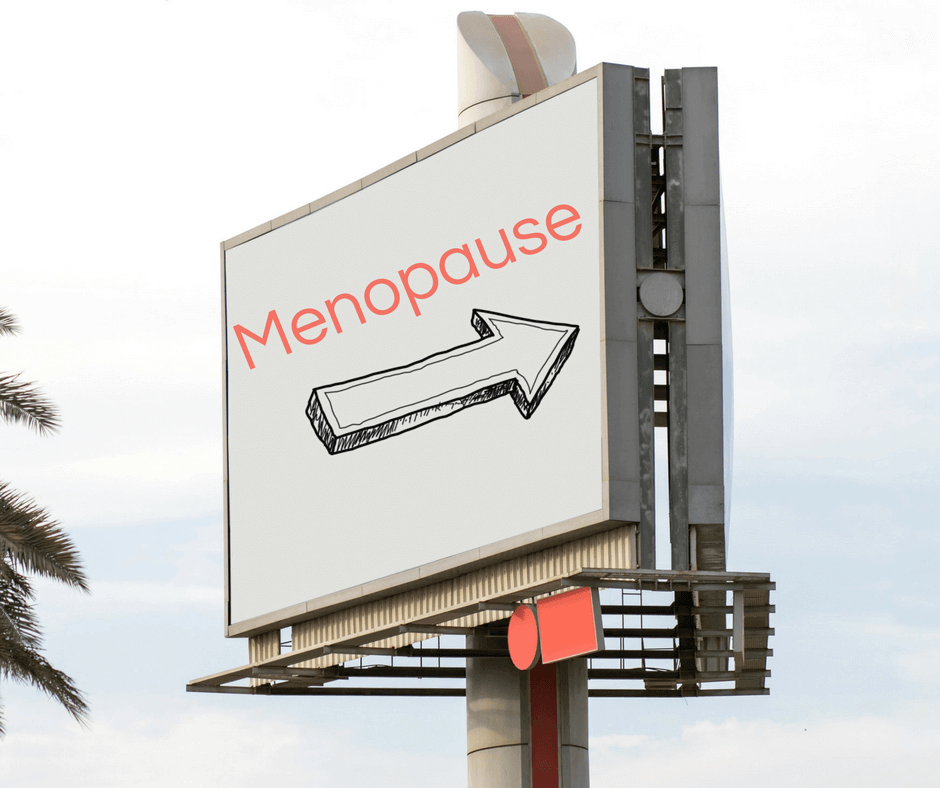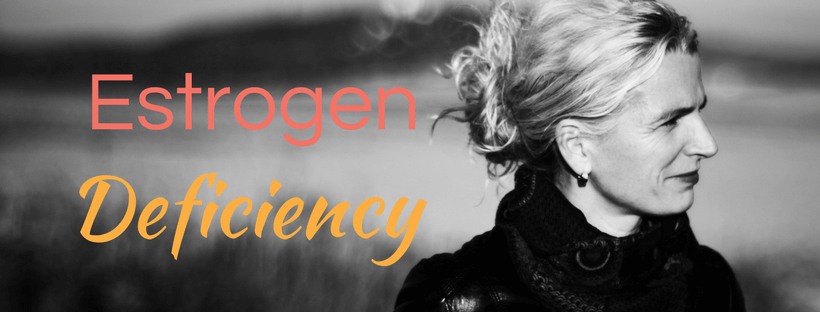What is Estrogen?
Estrogen is the principal female sex hormone essential for reproductive and sexual development. An estrogen deficiency can lead to a whole host of issues & symptoms. While it is present in both males and females, its significance is mostly associated with women. Sometimes referred to as the female sex hormone, the term “estrogen” usually refers to all chemically identical hormones in the group: estriol, estrone and estradiol.
What is its function?
Estrogen starts playing its role with the commencement of puberty in women. During this period it is responsible for the development of secondary sexual characteristics, like growth of body hair, widening of the hips, enlargement of the breasts and development of the nipples. It also controls the menstrual
cycle, managing the inner lining of the uterus during its first phase and works with another sex hormone, progesterone, to prevent ovulation during pregnancy.
In addition, it takes part in controlling height and weight, regulating diet, bone formation and managing glucose and cholesterol metabolisms.
While its functions are many, these are the ones that are most attributed towards sexual health. Dr. Virginia M. Miller, a PhD and an expert at the Mayo Clinic, has called estrogen a vengeful hormone and the everyday home heating oil of female health. In fact, estrogen impacts over 400 functions in the female body (9).
What is Estrogen deficiency?
Estrogen deficiency, or Hypoestrogenism, refers to the lowering of estrogen below the normal level. According to Dr. Nick Delgado, a PhD graduate from the University of Southern California, it needs to be understood that there isn’t any one ‘normal level’ overall; it fluctuates depending on the menopausal status and menstrual cycle. It also depends on the age of the female and shows a different range in teenage girls of the same age depending on whether or not they have already reached puberty.
Variations in estrogen levels
The estrogen level fluctuates tremendously throughout the menstrual cycle ahead of menopause, often without showing any regular pattern. For instance, estrogen levels may be higher than average for teenage girls and for pregnant women. In teenage girls, this happens because more estrogen is produced to drive the development of secondary sexual characteristics in the body. While during pregnancy, it carries a major responsibility in the formation of milk ducts in the breasts during the second trimester. Additionally, as mentioned earlier it coordinates with the progesterone hormone to stop ovulation. This swift increase of estrogen is primarily the reason for nausea during pregnancy. On the other hand, estrogen levels fall significantly after childbirth, as well as after a woman stops menstruating (after menopause) and causes symptoms like loss of interest in sex, vaginal dryness, chills and hot flashes.
While estrogen levels keep changing, there are certain ranges that govern the optimal estrogen levels during different phases of life. The estrogen level in a woman is determined by ‘estradiol’. Its level fluctuates tremendously throughout the menstrual cycle ahead of menopause. The normal range of estradiol in the bodies of women during different phases has a vast range of 436 pg/mL (pictograms per milliliter) preparing for ovulation to a low of 0 pg/mL following menopause.
What are the common signs and symptoms of estrogen deficiency?
We have already discussed the main functions of the hormone. Even though present in small amounts, it must be obvious that its deficiency would affect the body processes, changes and metabolisms associated with it.
Girls who are yet to reach puberty and women who are about to reach menopause are likely to experience lower estrogen levels, which is normal. However, all women, disregarding the age can develop estrogen deficiency.
Common signs and symptoms of estrogen deficiency include:

1) Higher chances of urinary tract infections (UTIs), primarily due to the thinning of the urethra.
2) Irregular periods
3) Painful sex due to lack of vaginal lubrication, a condition called ‘vaginal dryness’
4) Hot flashes
5) Breast softness
6) Headaches or migraines
7) Difficulty in concentrating
8) Stress issues
What are the ramifications associated with it?
1) Mood swings and depression:
Estrogen deficiency may have a powerful impact on a women’s mental health, which may lead to cheerlessness, mood swings, and in severe cases, depression.
2) Weight gain:
Certain sex hormones, including estrogen, control glucose and cholesterol metabolisms. Its deficiency reduces the rate of these metabolisms, subsequently influencing the amount of fat in the body. According to researchers, this is the principal reason of weight gain after menopause. Being overweight puts you into risk of obesity, heart diseases and diabetes.
3) Hot Flashes:
Hot flashes are sudden sensations of heat usually around the face and neck area. It is usually associated with changes in blood circulation and is major
cause of sleep deprivation and fatigue in women. Suzanne Woodward, a graduate of Wayne University Medical School states, “Hot flashes are the predominant reason of sleep deprivation in women with estrogen deficiency. Women who are estrogen deficient are woken up at least once every hour on an average by hot flashes. However, they seldom realize that their daily fatigue is more related to sleep disruption than anything else”.
4) Lack of interest in sex:
Estrogen, progesterone and testosterone are the three most important hormones that are responsible for a women’s sexual desire. If the estrogen levels are low, it might lead to a woman losing interest in sex for prolonged periods. While lack of sex drive may be related to many different reasons, hormones are one of the major cause. Dr. Sara Gottfried, medically trained professional from Harvard with more than 25 years of experience, says, “No doubt, there are factors like the relation, intimacy and emotion between partners or even daily-life events that affect a women’s mood towards sex, but about sixty-five percent of lack of interest in sex is caused by hormones”.
5) Weak Bones:
Estrogen coordinates with calcium and vitamin D to keep bones healthy. Its deficiency may decrease the strength of bones, eventually reducing the resistance to fractures.
6) Skin Conditions:
It has been known that estrogens are vital in the maintenance of skin. They are responsible for thickness and the blood supplied. They improve the quantity and quality of a protein called collagen, lack of which may induce skin complications.
What causes estrogen deficiency?
Estrogen is predominantly produced in the women’s ovaries. Hence, any ovarian disorders eventually affect estrogen production.
Teenage girls and young women may encounter estrogen deficiency due to:

- excessive training
- weak pituitary gland
- inappropriate dieting and eating disorders including anorexia
- Turner syndrome (abnormality in one of the sex chromosomes)
- premature failure of the ovaries
- chronic liver complications
In women (approx. age 45), decrease of estrogen levels may be a sign of nearing menopause, a period known as perimenopause.
What are the treatment options and how to combat the symptoms associated with it?
1) Estrogen Therapy:
One of the most common treatment methods is prescribing estrogen in women who are estrogen deficient, especially between the ages of 25 and 50. Depending on the intensity of the condition, this can be done either orally, vaginally, topically, or using injections.
2) Hormone replacement therapy or HRT:
HRT is used to restore natural hormone levels. Often recommended by doctors for women who are reaching menopause, HRT can significantly help women’s bodies return to normal estrogen levels. The dosage and length of these therapies can be adjusted. However, keep in mind that such therapies can be controversial. Have an informed discussion with your menopause-informed doctor to make the decision that is right for you.
3) Lifestyle changes:
While medical treatment can significantly improve estrogen levels, certain lifestyle changes can help in the long run as well. These include: following a healthier diet, not missing meals, reducing carbohydrate consumption, increasing fiber intake and exercising moderately. Surprisingly, caffeine consumption may help improve estrogen levels.
Sources:
https://www.healthline.com/health/womens-health/low-estrogen-symptoms#weight-gain
https://www.livescience.com/38324-what-is-estrogen.html
http://novahealththerapy.com/hormones-and-your-health/low-estrogen-common-causes-symptoms-and-treatment-options
https://academic.oup.com/jcem/article/83/6/1993/2865373
https://www.goodreads.com/quotes/tag/menopause
http://www.saragottfriedmd.com/how-your-hormones-really-affect-your-sex-drive-what-to-do-about-it/
Hot Flash Havoc. Narration by Goldie Hawn. Dir. Marc Bennett. 2012. Iron Rose Films, 2016. DVD.




